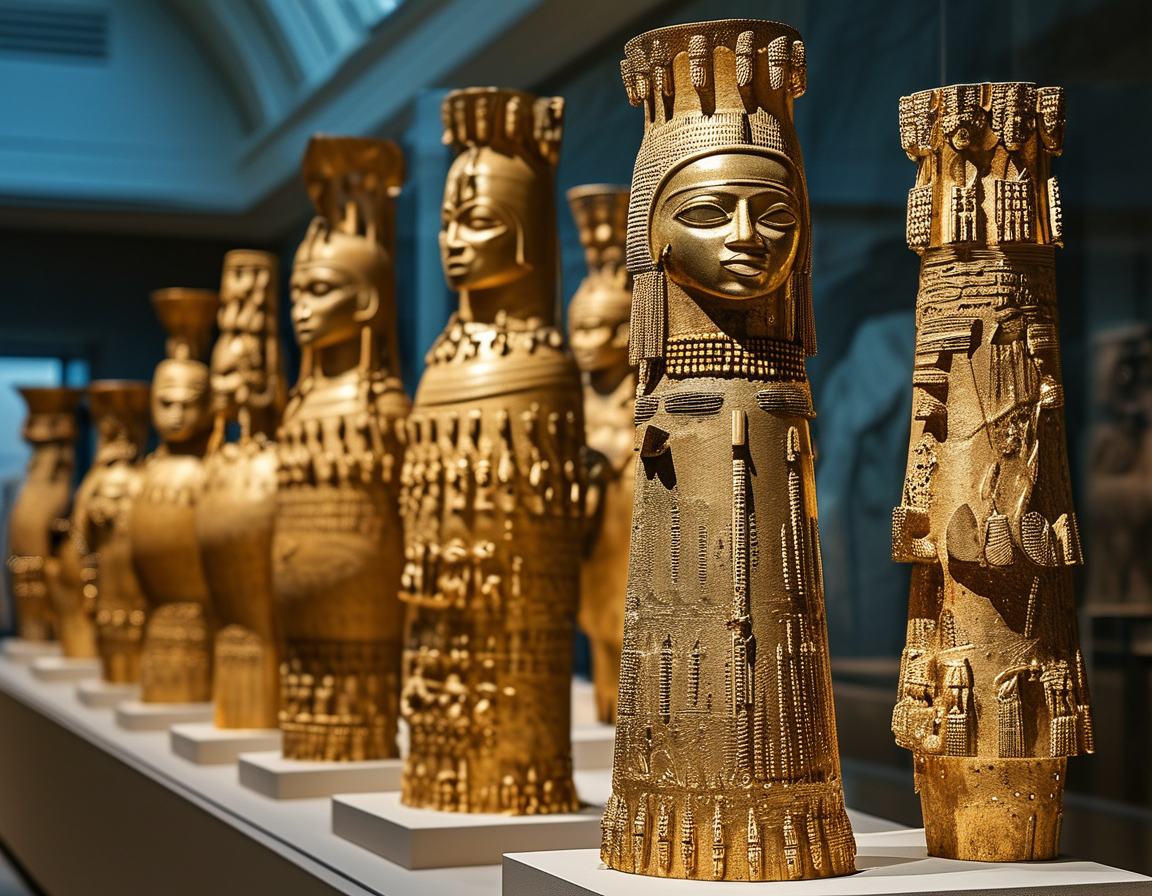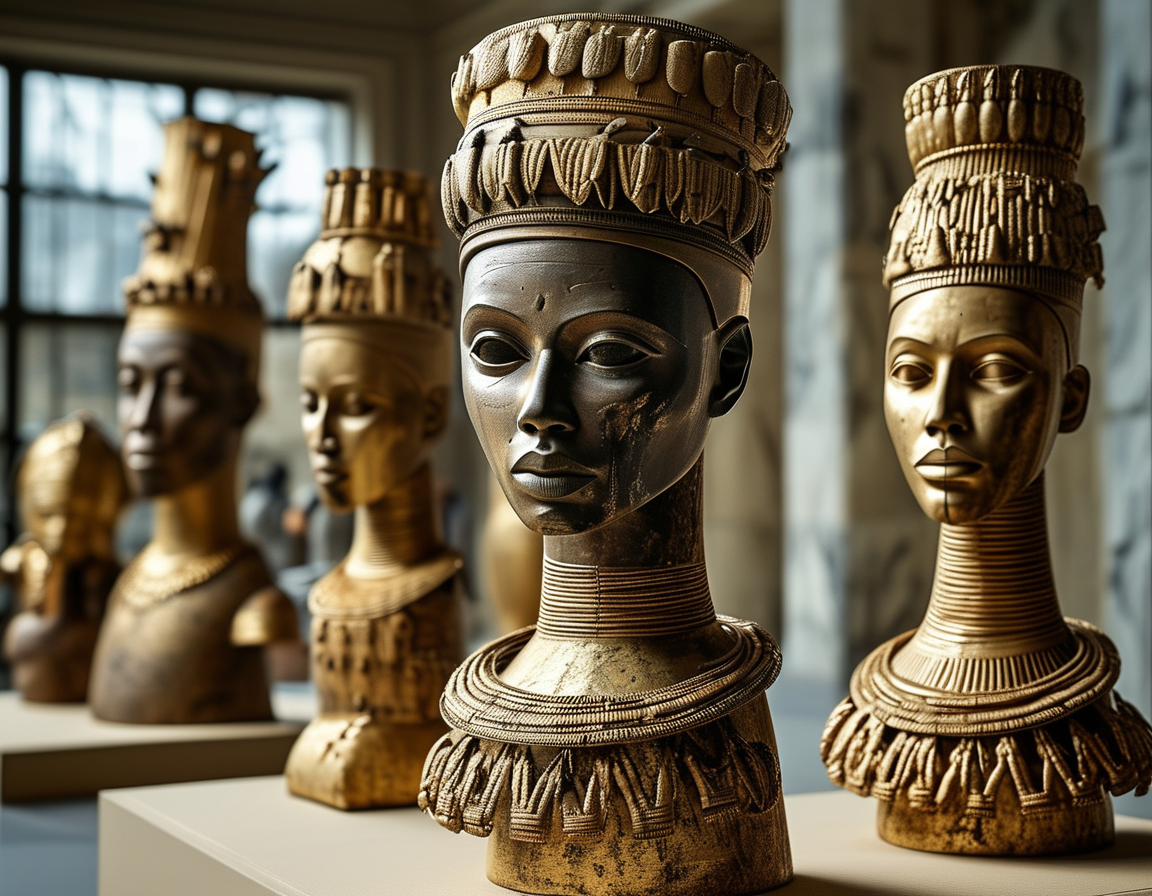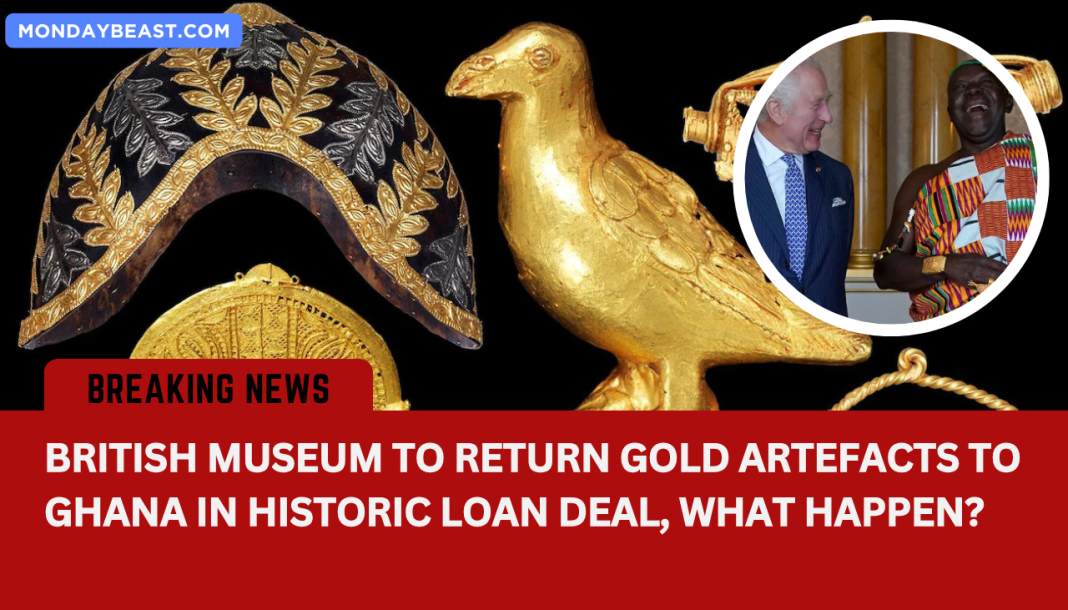In a move that has captured headlines worldwide, the British Museum will return looted golden artefacts to Ghana. This historic loan deal has ignited conversations about cultural repatriation and how the past shapes our collective future. Will this be a game changer in navigating repatriation disputes?

One can’t help but reflect on the long history of colonialism and its impacts. The British Museum houses countless treasures, often acquired through conflict or dubious means. The return of these artefacts to Ghana, particularly the loathed Asante treasures, highlights an ongoing struggle for justice and respect for cultural identities. What does this mean for other nations still seeking their heritage?
Experts believe that this arrangement could offer a template for other contentious claims, including Greece’s demand for the famed Elgin Marbles. The British Museum has often faced backlash over ownership rights, and this attempt to forge new paths demonstrates a willingness to confront difficult history. Can we look forward to a new era of cooperation?

The deal involves over 30 artefacts returning on a three-year loan to the Manhyia Palace Museum in Kumasi. Notably, Osei Tutu II, the revered leader of the Asante, played a pivotal role in this negotiation during his visit for King Charles’ Coronation. His personal investment makes this more than just a political maneuver; it’s a deeply emotional journey for many Ghanaians. But will it satisfy the calls for full repatriation?
Revelations about the artefacts show their historical significance. They adorned the Asante kings, serving as symbols of power and wealth during the empire’s height in the 18th century. The Asante Empire, renowned for its fierce warriors, controlled vast gold resources. While the narratives of these relics belong to Ghana, their presence in a British collection represents a complicated legacy. Is understanding this context enough to facilitate healing?

Yet returning these artefacts isn’t without its hurdles. UK laws restrict the removal of objects from public collections, creating a complicated landscape for negotiations. Both the British Museum and the V&A Museum wish to find common ground for future collaboration. Could this be a stepping stone to a more inclusive dialogue around precious cultural gifts?
Amidst rising demands from countries like Nigeria and Ethiopia, this latest development raises questions about ownership and legacy. While it’s heartening to see progress, the very basis of how we think about cultural property remains contested. What does ownership truly mean? Is it based on legality or moral clarity?
As the three-year loan unfolds, cultural affairs experts will scrutinize results closely. There are hopes that this model could inspire other institutions grappling with similar issues. If successful, could we see this method applied to the Elgin Marbles and beyond? Irrespective of historical wrongs, the dialogue surrounding cultural heritage is evolving.
In conclusion, while the return of Ghana’s treasures signifies a step forward in reconciliation, it also calls attention to the monumental task of addressing colonial legacies. How do we reconcile the past while honoring the voices of those affected? The new loan deal is both a satisfying victory and a symbolic yet crucial component of a larger ongoing conversation. The world watches, hoping for genuine progress in cultural repatriation.




